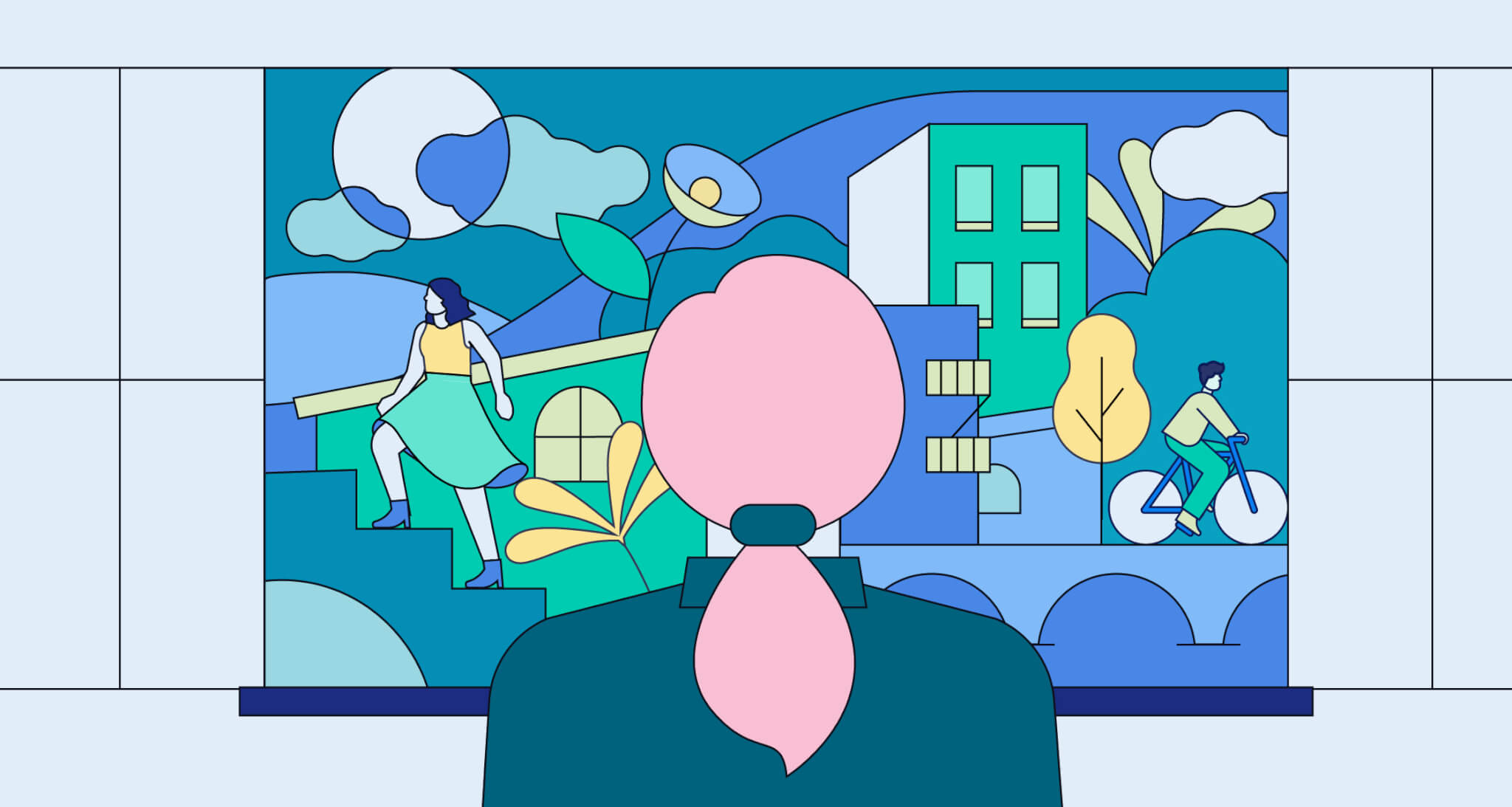
Let me start by saying that point of view (POV) is like the lens on a camera. It’s the filter through which we see and experience a story. Without it, the narrative can feel like a blurry mess, not quite capturing the essence of what’s happening. So, what do I mean by this? Let me take you through some of my own experiences with point of view and how it’s shaped my understanding of storytelling.
What Is Point of View?

Okay, first things first. When we talk about point of view in writing, we’re not just talking about whose eyes are looking at the world. It’s about how they see the world and how much they can reveal to us as readers. There are several POVs you can choose from: first-person, second-person, third-person limited, and third-person omniscient. Each one gives the story a different feel, and choosing the right one can make or break your narrative.
For example, in a first-person narrative, you’re experiencing the story through the eyes of one character. It’s their perspective, their thoughts, and emotions, right? In a sense, it’s like looking through their eyes and seeing what they see. One of my early mistakes was using this POV because I thought it would be easier, but it forced me to stay in one character’s head the entire time. And let me tell you, trying to get inside one character’s mind for the whole story can get exhausting!
The Power of First-Person POV
Speaking of first-person, I once wrote a blog post in this style, thinking I could just let my readers into my mind. While that worked in some areas, I also realized it limited my storytelling. I could only show things from my perspective, and some readers didn’t always agree with how I interpreted events. I could be wrong in the story, but I wouldn’t be able to show that unless I broke the rules of the POV.
It took me a while to realize that first-person POV isn’t always the easiest route. It’s great when you want to dive deep into a character’s emotions or show their personal journey, but it’s a challenge when you need to convey information outside of their personal scope. For example, if you’re writing about a mystery where multiple characters have hidden motives, first-person POV limits what you can reveal to the audience. You just can’t know everything unless your protagonist somehow experiences it.
Third-Person: The Balancing Act
Then, I tried third-person limited. And that, my friends, was a whole different game. The third-person limited POV gives the writer a little more freedom. You’re still following one character, but you’re not restricted to just their thoughts and feelings. I could show what other characters were doing, what they were thinking, and even what the setting looked like from multiple angles.
At first, I thought this would be too much of a balancing act. I didn’t want to slip into “head-hopping” (which, if you’ve ever read a confusing story where the POV keeps changing mid-paragraph, you know what I mean). But once I figured out how to keep the focus on the character’s emotions while also giving the audience insight into the bigger picture, I saw just how powerful this POV could be. It gave me more flexibility and made my writing feel like it had layers.
But here’s the catch: Third-person limited doesn’t let you get into every character’s mind. It’s not quite omniscient, where you could jump from one person to another, diving into their private thoughts. Instead, you pick one character to follow closely, which still creates that intimate connection between the reader and the protagonist. And let’s be real—building that emotional connection with readers is huge.
Third-Person Omniscient: A God’s Eye View
Finally, there’s third-person omniscient. This one was tricky for me at first because it’s like being a god in your own world. You get to see everything—every character’s thoughts, every event happening at the same time, and the overall picture of the story. It’s like zooming out with a drone camera and getting a panoramic view of everything.
Sounds awesome, right? It is, but it also has its drawbacks. For one, it’s tough to stay consistent with all the different perspectives. You need to make sure that even if you’re inside the head of a character, it’s still their thoughts and feelings being represented. You can’t just jump into another character’s head willy-nilly. You’ve got to give each character the respect of having their own distinct voice, which can be challenging when you’re hopping between their minds.
Another issue I ran into when using omniscient POV was that it sometimes felt too detached. Yes, I could see everything, but the reader wasn’t as immersed in any one person’s journey. I wanted to be careful not to make my audience feel like they were observing the story from afar instead of being right there with the characters.
Why Point of View Matters
The thing is, POV is more than just a writing tool. It’s a storytelling device that directly impacts how your readers experience the narrative. You’ve got to think about the kind of story you want to tell, who you want your audience to care about, and how much you want them to know. Each POV has its benefits and limitations, but it’s up to you to choose the one that fits the tone, pace, and emotions of your story.
For instance, if you’re writing a romance, the intimate, first-person POV could really help your readers connect with the emotions of the characters. If it’s a suspense thriller, though, maybe third-person limited could build more tension by keeping some things hidden from the reader until the right moment. And if you’re crafting an epic fantasy with multiple characters and sprawling storylines, third-person omniscient might be your best bet.
Personal Growth Through POV Experimentation
Looking back, I’ve realized that experimenting with different points of view has helped me grow as a writer. Each POV I tried taught me something new about storytelling. It taught me to be more mindful of how I reveal information, how I make readers feel, and how I structure my narrative.
My advice? Don’t rush your POV decision. Try them out, get a feel for what each one can offer, and see what fits your story best. You’ll learn quickly that POV is more than just a technical decision—it’s the key to unlocking the emotional heart of your narrative.
If you’re still unsure where to start, look at some of your favorite books or stories. Pay attention to the POV choices the authors made. Did they let you dive deep into a character’s mind? Or did they let you see the bigger picture? Why did it work for that particular story? And more importantly, what could you do with that POV in your own writing?
In the end, point of view is the lens through which you invite your readers to experience your world. It’s an opportunity to give them a unique perspective, one they can’t get anywhere else. So take the time to choose it wisely, and don’t be afraid to experiment along the way. Your readers—and your story—will thank you for it.






